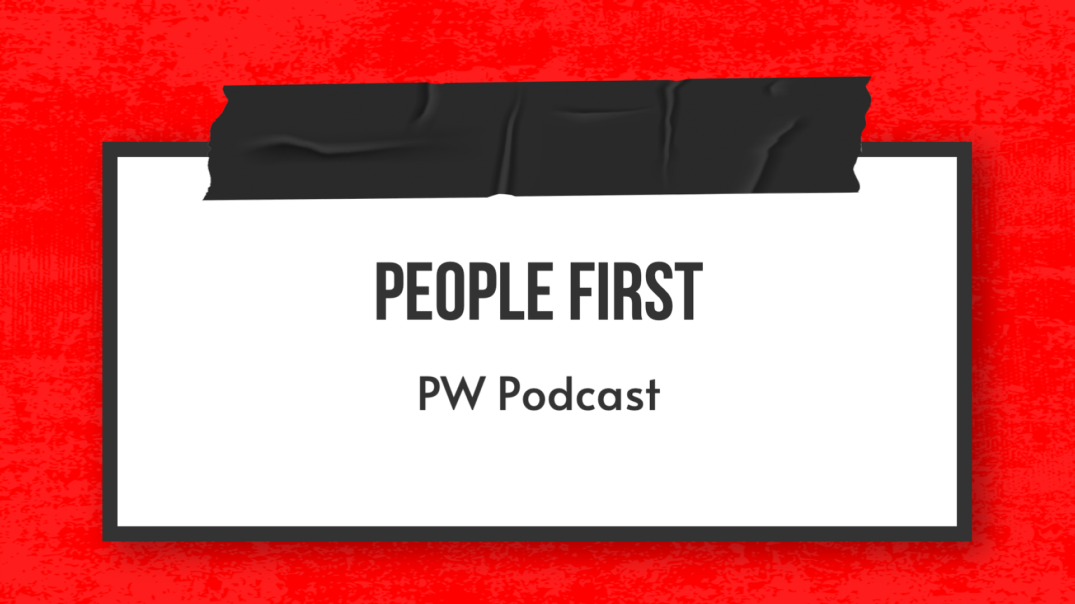
· 4 min read
People First
Why companies need to understand the importance of employee happiness and how it can positively impact their bottom line.
I wanted to expand on something that’s been weighing heavily on my mind lately, especially with all the noise about AI replacing workers and companies focusing solely on cutting costs. As someone who manages an engineering team, I feel compelled to speak directly to fellow managers and leaders out there.
The Real Truth About People and Productivity
Here’s what I believe with absolute certainty: if you take care of your people, everything else takes care of itself. I know you’ve heard this before, but stick with me. In our rush to optimize processes and boost quarterly numbers, we’re missing a fundamental truth. Whether you’re building software, manufacturing products, or delivering services, people are the engine that makes it all work.
Sure, AI can handle certain tasks now. But when your product breaks? You need people to diagnose and fix it. When revenue drops? You need people to analyze why and develop solutions. Laying off your workforce to temporarily patch your bottom line isn’t strategy—it’s short-sighted panic.
The Hidden Cost of “Efficiency”
Let me paint you a picture that might hit close to home. Imagine one of your team members starts their day thinking, “Here I go again. Same routine, making money for someone else, feeling miserable, going home exhausted, only to repeat it tomorrow.” We all know how that story ends. Eventually, that person reaches their breaking point and walks out the door. And when they leave, they take with them:
- All the time you invested in training them
- Their deep knowledge of your products and processes
- Their understanding of how your company operates
- The relationships they’ve built with clients and colleagues
Now you’re back to square one, starting the recruitment and training cycle all over again.
Ask Yourself the Hard Questions
Before you write off that departing employee as “not a team player,” ask yourself: What could I have done differently to make them want to stay?
Remember, they chose to join your company initially. Something attracted them to your mission, your culture, or your opportunity. So what changed? What eroded that initial enthusiasm?
This is where honest self-reflection becomes crucial. Sometimes the answer isn’t pretty, but it’s necessary.
Breaking the Toxic Cycle
I hear managers say, “There are always plenty of people who want jobs.” Technically true, but this attitude traps you in a destructive pattern:
Hire → Train → Lose → Repeat
This cycle doesn’t just hurt your team—it devastates your bottom line through:
- Constant recruitment costs
- Repeated training expenses
- Lost productivity during transitions
- Decreased team morale
- Knowledge gaps that impact product quality
My People-First Philosophy
As an engineering manager, I’ve made a conscious choice: my team comes first. Not because products and deadlines don’t matter—they absolutely do—but because I’ve learned that happy, engaged people consistently deliver better results.
When your team members:
- Feel valued and heard
- Enjoy coming to work
- Want to contribute their best efforts
- See themselves as part of something meaningful
…that’s when the magic happens. Projects get completed more efficiently, problems get solved creatively, and your company culture becomes something people actually want to be part of.
The Ripple Effect
Here’s something else to consider: your employees have lives outside work. They have families depending on them, dreams they’re pursuing, and responsibilities that matter. When you prioritize their wellbeing, you’re not just improving your workplace—you’re positively impacting entire families and communities.
That kind of positive impact has a way of coming back to benefit your organization in ways you might never directly measure, but will definitely feel.
Your Turn to Reflect
I’m curious about your experiences with this. Have you seen companies that truly put people first? What did that look like in practice? Or maybe you’ve witnessed the opposite—organizations that prioritized short-term profits over people. How did that work out? Whether you agree with my perspective or think I’m completely off base, I’d love to hear from you. Head over to peterwitham.com/contact and let’s start a conversation.
Because at the end of the day, that’s what this is all about: people talking to people, sharing ideas, and maybe—just maybe—making our workplaces a little more human.

